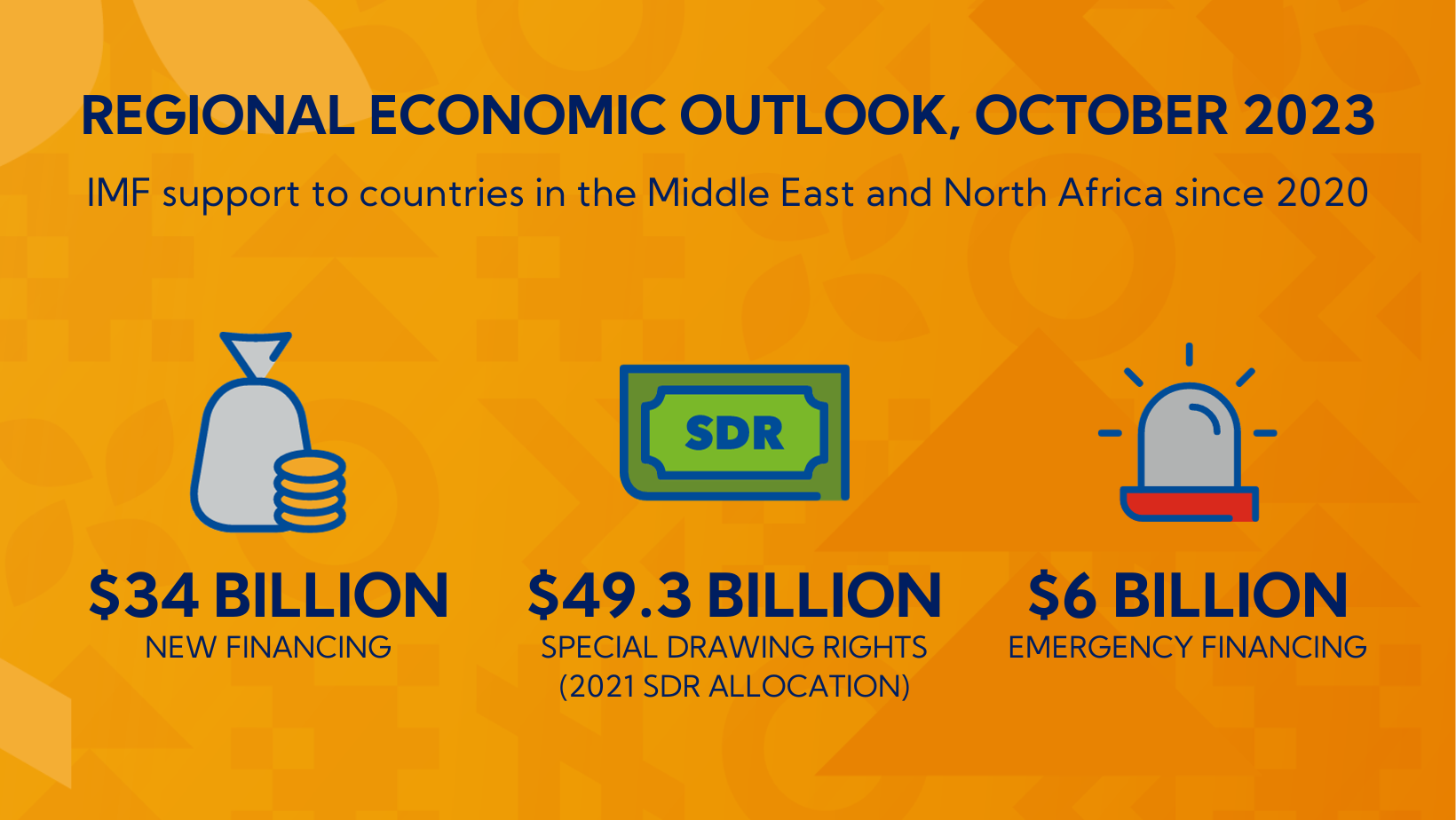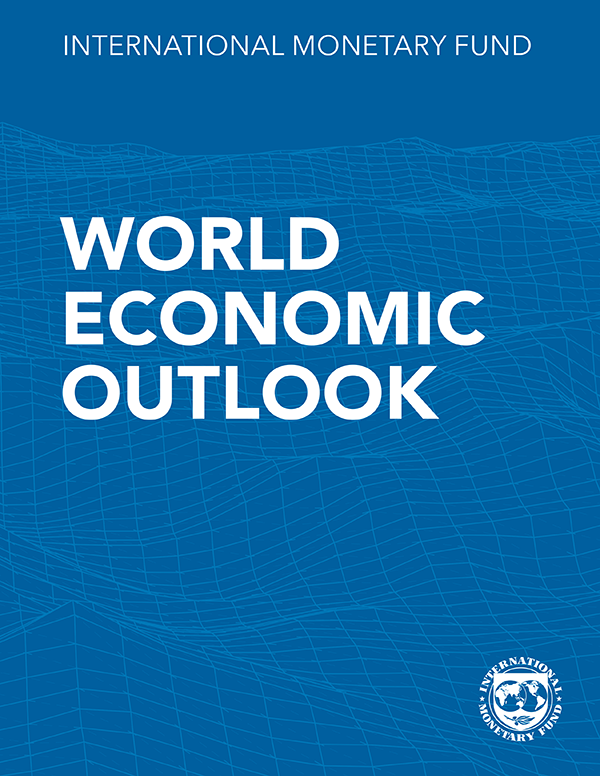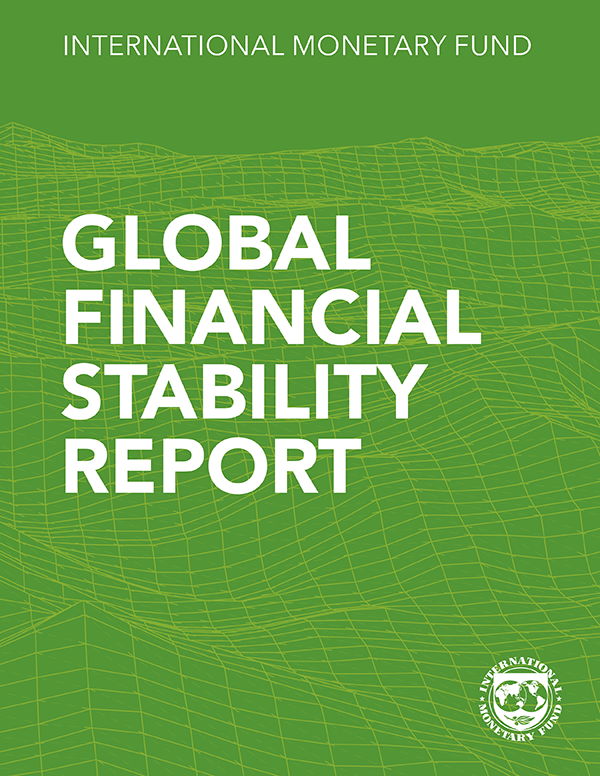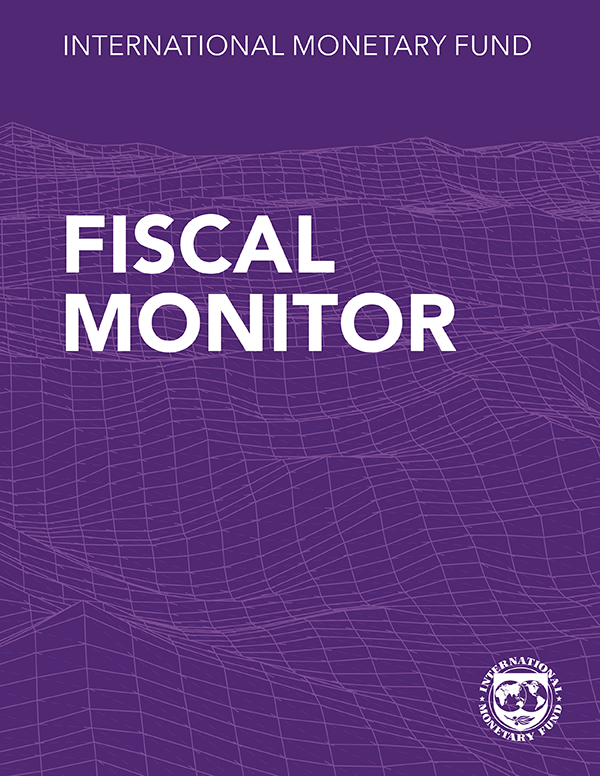Building Resilience and Fostering Sustainable Growth

Across the Middle East and Central Asia, the combined effects of global headwinds, domestic challenges, and geopolitical risks weigh on economic momentum, and the outlook is highly uncertain. Growth is set to slow this year in the Middle East and North Africa region, driven by lower oil production, tight policy settings in emerging market and middle-income economies, the conflict in Sudan, and other country-specific factors. In the Caucasus and Central Asia, although migration, trade, and financial inflows following Russia’s war in Ukraine continue to support economic activity, growth is set to moderate slightly this year.

Chapter 1: Building Resilience and Fostering Sustainable Growth
Across the Middle East and Central Asia, the combined effects of global headwinds, domestic challenges, and geopolitical risks weigh on economic momentum, and the outlook is highly uncertain. Growth is set to slow this year in the Middle East and North Africa region, driven by lower oil production, tight policy settings in emerging market and middle-income economies, the conflict in Sudan, and other country-specific factors. In the Caucasus and Central Asia, although migration, trade, and financial inflows following Russia’s war in Ukraine continue to support economic activity, growth is set to moderate slightly this year. Looking ahead, economic activity in the Middle East and North Africa region is expected to improve in 2024 and 2025 as some factors weighing on growth this year gradually dissipate, including the temporary oil production cuts. But growth is expected to remain subdued over the forecast horizon amid persistent structural hurdles. In the Caucasus and Central Asia, economic growth is projected to slow next year and over the medium term as the boost to activity from real and financial inflows from Russia gradually fades and deep-seated structural challenges remain unsolved. Inflation is broadly easing, in line with globally declining price pressures, although country-specific factors—including buoyant wage growth in some Caucasus and Central Asia countries—and climate-related events continue to make their mark. Despite some improvement since April, the balance of risks to the outlook remains on the downside. In this context, expediting structural reforms is crucial to boost growth and strengthen resilience, while tight monetary and fiscal policies remain essential in several economies to durably bring down inflation and ensure public debt sustainability.

Chapter 2: From Setbacks to Comebacks: Reforms to Build Resilience and Prosperity
Policy space in many countries in the Middle East and Central Asia has diminished following an extended period of shocks, particularly among the region’s emerging market and middle-income countries. Amid high public debt and inflation, fiscal consolidation and tight monetary policy are needed in many countries in the region. In this context, structural reforms offer a way to not only increase potential growth, but also accrue near-term growth benefits. In addition, reforms can be instrumental in accelerating economic diversification among oil exporters. In a novel analysis for the region, this chapter shows that most structural reforms help lift output, with the impact growing over time. Governance reforms—particularly, enhancing the rule of law and government effectiveness—are especially important and can also generate positive output effects during periods of weak growth or relatively limited policy space. Improving the government’s ability to implement policies and regulations to promote private sector development also contributes to fostering growth through improved investment and productivity. Moreover, prioritizing governance reforms before other reforms can magnify their overall growth dividends, and the strategic packaging of reforms—for example, by combining external sector and credit market reforms—can amplify positive output effects. Importantly, the design of structural reforms will need to include political considerations and distributional impacts.

Chapter 3: Higher for Longer: What are the Macrofinancial Risks?
Central banks in the Middle East and Central Asia face difficult trade-offs and policy challenges at a time when core inflation, though gradually declining, remains above central bank targets in many countries. In this context, a prolonged period of tighter monetary policy to reduce inflation could have unintended consequences for financial systems in the region. This chapter assesses the state and resilience of banking sectors in the Middle East and Central Asia to credit and liquidity risks that could emerge in a “higher-for-longer” interest rate environment. The results suggest that banking systems would be resilient in an adverse scenario of higher interest rates, corporate sector stress, and rising liquidity pressures. However, pockets of vulnerability exist in some countries, particularly among state-owned banks, and capital losses could emerge that, while manageable, could limit lending and add to downside risks to output. Policies to mitigate downside risks center on strengthening macroprudential frameworks, containing the vulnerabilities stemming from the sovereign-bank nexus, enhancing clear and timely communication, establishing emergency liquidity tools to stem systemic financial stress, and developing resolution regimes to reduce the buildup of zombie firms.

In Pursuit of Stronger Growth and Resilience
On the occasion of the World Bank-IMF Annual Meetings’ return to the African continent after 50 years—specifically to Marrakech, Morocco—this Special Issue on Africa discusses economic developments for the entire continent. After four years of crises and at the close of another difficult year, recent events, including the devastating earthquake in Morocco, severe floods in Libya, and the impact of Cyclone Freddy in Malawi, have underscored the continent’s ongoing vulnerability to natural disasters and the need to build resilience. In the near term, there are tentative signs that the outlook in many countries in Africa is improving. Inflation is generally easing, economic activity is starting to pick up, and fiscal imbalances are gradually moderating. However, significant challenges remain, and it is too early to celebrate. For too many countries, inflation is still too high, debt vulnerabilities remain elevated, and medium-term growth rates are too low. The international community should maintain and enhance a cooperative approach to the provision of global public goods. In the case of Africa, it is essential to support the region’s most vulnerable climate- and conflict-affected states.

Publications
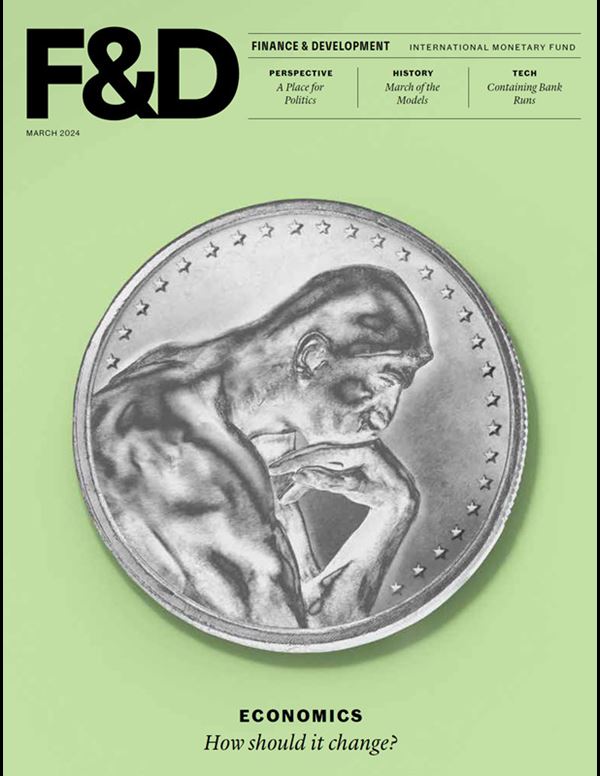
-
March 2024
Finance & Development
-
ECONOMICS
How should it change?
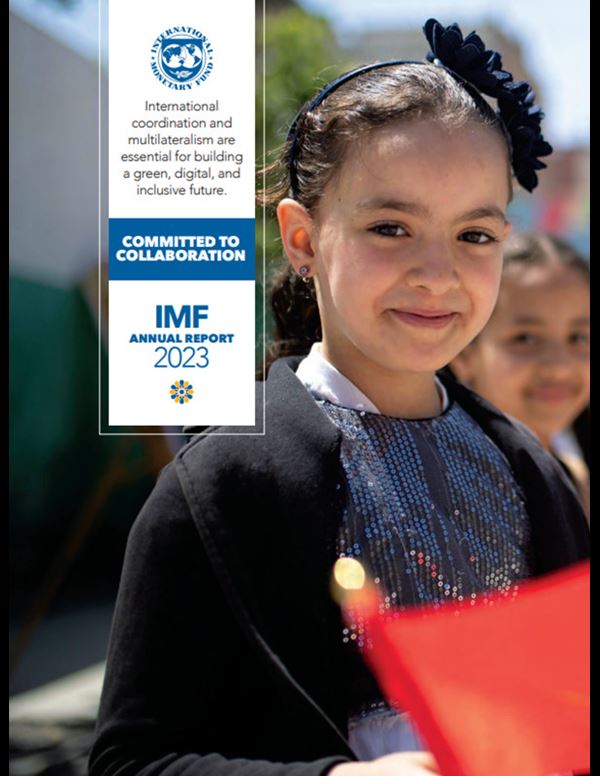
-
September 2023
Annual Report
- COMMITTED TO COLLABORATION
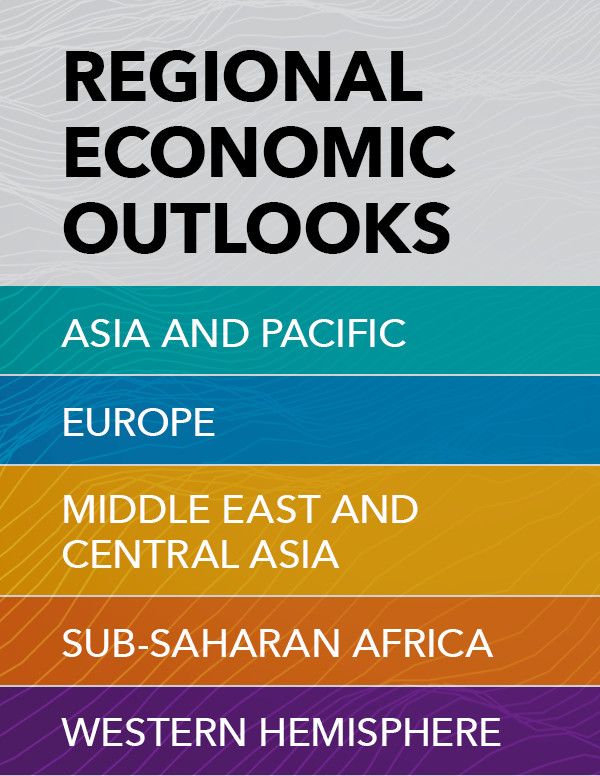
-
Regional Economic Outlooks
- Latest Issues







